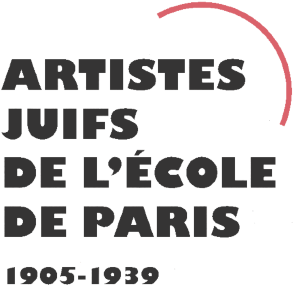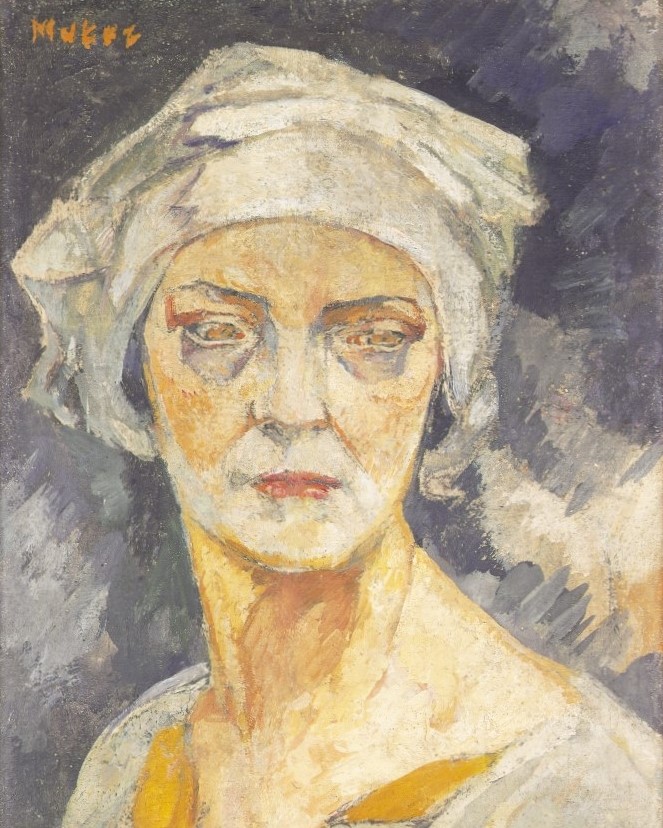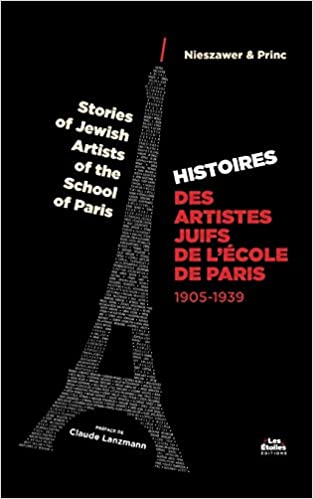Abraham MORDKHINE
January 3, 2019Vladimir NAÏDITCH
January 3, 2019Mela MUTER (also known as Maria Melania Muttermilch)
WARSAW 1876 – PARIS 1967
Mela Muter grew up in a wealthy, cultivated family in Warsaw. Her brother Zygmunt Klingsland became a successful art critic in Poland. In 1901, after attending J. Kotarbinski’s drawing school for women, she arrived in Paris with her husband Michal Muttermilch, who was a socialist journalist. She enrolled in the Académie Colarossi and Académie de la Grande Chaumiere. Although she was attached to Poland, she became a leading figure of Montparnasse and participated in the Salon des Beaux-Arts from 1902. Every year, she exhibited her work at Polish exhibitions (in Warsaw, Lwow, Krakow). The art dealer and collector Ambroise Vollard took an interest in her and was particularly fond of his portrait that she painted in 1916. Mela Muter was active in the Polish community; she took part in the Polish Artists Society’s (TAP) demonstrations and maintained close relations with fellow writers and artists, such as Stefan Zeromski, Léopold Gottlieb, and Zborowski. She was in touch with Romain Rolland, Diego Rivera, Arthur Honegger, Albert Gleizes, Auguste Perret, who designed her house, and her companion, the socialist Raymond Lefevre, who died tragically in 1920. Mela Mutter chose her models from among her friends, such as the composers Erik Satie and Maurice Ravel and the writer Henri Barbusse. In 1925, she made friends with Rainer Maria Rilke, who dedicated poems to her and wrote her several letters, which were found recently. Their liaison lasted until the writer’s death in 1926. In 1927, Mela Muter acquired French nationality. In 1937, she participated in the International Exhibition. When the war broke out, Mela Muter took refuge in Avignon where she continued to paint. She returned to Paris following the Liberation and traveled several times to Brittany and Spain. The Hammer Gallery in New York held a retrospective of her work three months before she died.
Stories of Jewish Artists of the School of Paris 1905-1939
FRENCH-ENGLISH
Capitale des arts, le Paris des années 1905-1939 attire les artistes du monde entier. De cette période de foisonnement, un terme est resté, celui d'Ecole de Paris, qui recouvre une grande diversité d'expression artistique. Dans ce brassage dont Montparnasse est le creuset, un groupe se distingue : celui des artistes juifs venus de Russie, de Pologne et d'Europe centrale. Si leurs styles sont variés, un destin commun les rassemble : ils fuient l'antisémitisme de leur pays d'origine. Certains ont connu la célébrité dès les années 1920, tels Soutine, Lipchitz ou Chagall. D'autres n'ont pas eu le temps ou la chance d'y accéder. Près de la moitié a péri dans les camps de concentration nazis.
From 1905 to 1939, Paris attracted artists from all over the globe as the capital of the art world. This period of artistic proliferation became known as the School of Paris, and includes a great diversity of artistic expression. Within the teeming art world centred on Montparnasse, one group set itself apart: Jewish artists from Russia, Poland, and Central Europe. Although their styles were diverse, they shared the common fate of fleeing anti-Semitic persecutions in their home countries. Some became famous in the 1920s, such as Soutine, Lipchitz, and Chagall, while others did not have the time or the luck to gain renown. Nearly half of these artists died in Nazi concentration camps.





